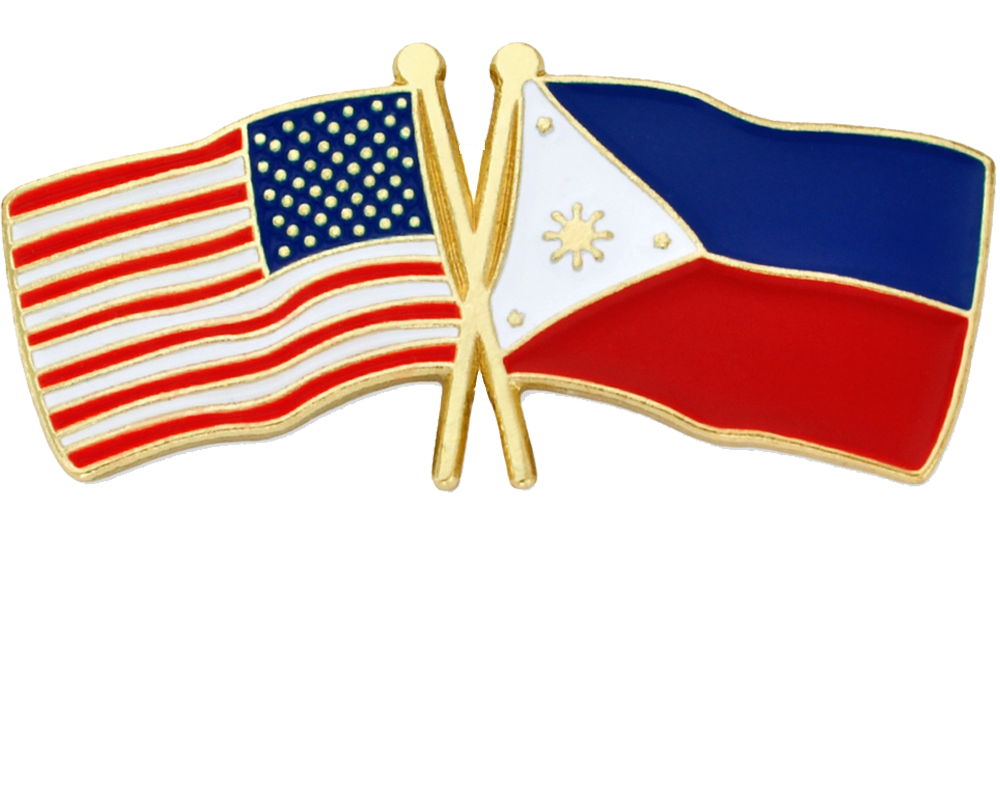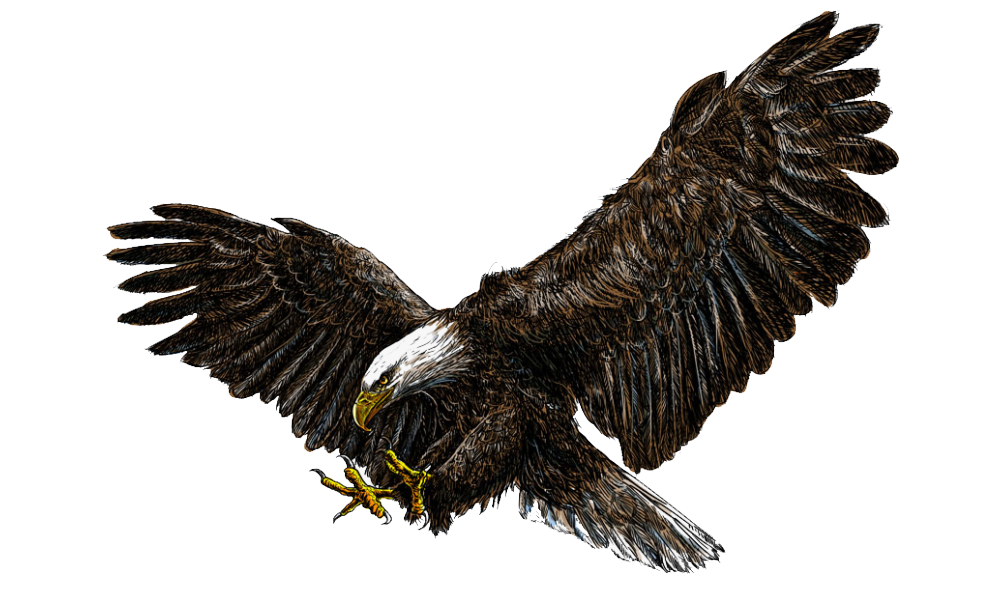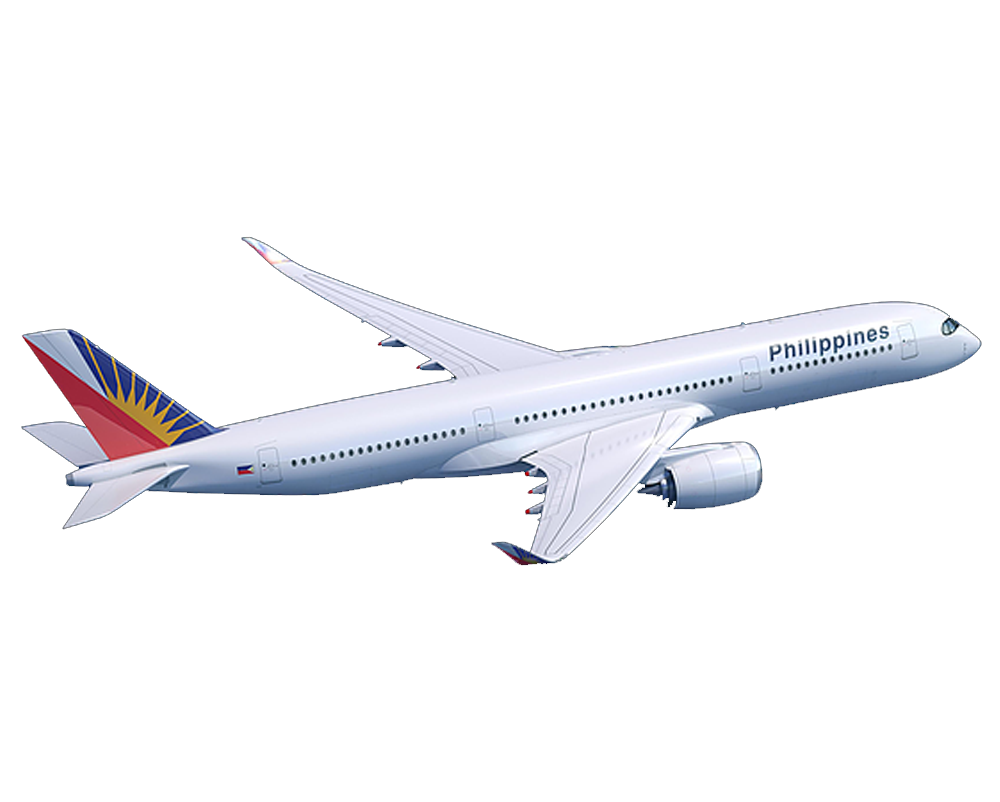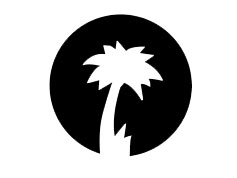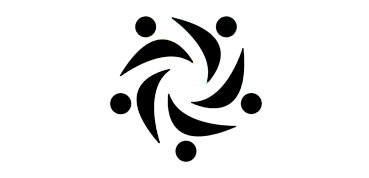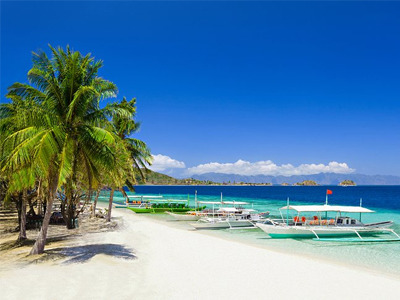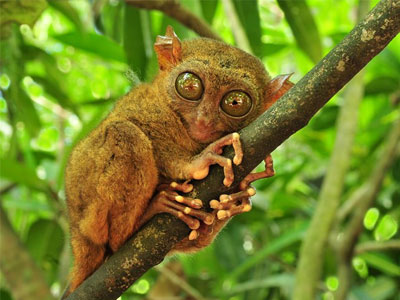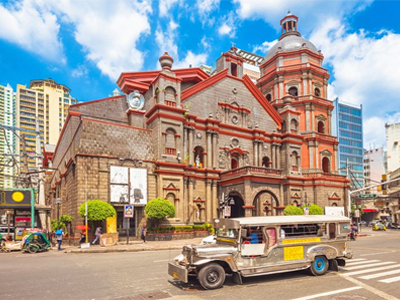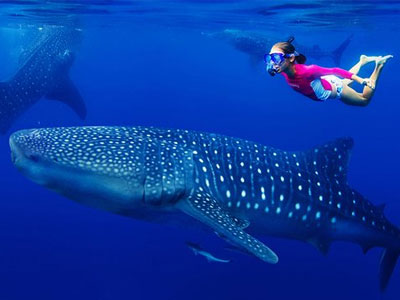About Philippine Archipelago
The Philippines is an archipelago, or string of over 7,100 islands, in southeastern Asia between the South China Sea and the Pacific Ocean. The two largest islands, Luzon and Mindanao, make up for two-thirds of the total land area. Only about one third of the islands are inhabited. The islands are home to many species of flowering plants and ferns, including hundreds of species of orchids. Tall grasses have replaced the forests, which have disappeared due to logging, mining, and development.
The Philippines are inhabited by more than 200 species of mammals, including monkeys, squirrels, lemurs, mice, pangolins, chevrotains, mongooses, civet cats, and red and brown deer, among others.
The binturong, or Asian bear cat, was once prominent, but now this furry mammal is vulnerable. The tamaraw, a species of small water buffalo found only on Mindoro, is critically endangered.
Hundreds of species of birds live in the Philippines, either for all or part of the year, including peacocks, pheasants, doves, parrots, kingfishers, sunbirds, tailorbirds, weaverbirds, and hornbills. The endangered Philippine eagle, which eats monkeys, is barely surviving deforestation.
History
Ferdinand Magellan first landed in the Philippines in 1521. The name Philippines comes from Philip II who was the king of Spain during the 16th century when the country became a Spanish colony.
The Philippines was granted to the United States in 1898 following the Spanish-American War. In 1935 the Philippines became self-governing, but their independence was delayed by World War II and the invasion of Japanese troops.
The islands were liberated by U.S. forces in 1944-45, and the Republic of the Philippines was proclaimed in 1946, with a government patterned on that of the United States.
In 1965 Ferdinand Marcos was elected president. He declared martial law in 1972, which lasted until 1981. After 20 years of rule, Marcos was driven from power in 1986. Corazon Aquino became president and instituted a period of democratic rule in the country.
General Information
The Philippines is one of the world’s largest archipelago nations. It is situated in Southeast Asia in the Western Pacific Ocean. Its islands are classified into three main geographical areas – Luzon, Visayas, and Mindanao. Because of its archipelagic nature, Philippines is a culturally diverse country. With its topography consisting of mountainous terrains, dense forests, plains, and coastal areas, the Philippines is rich in biodiversity. It is considered as one of the mega biodiversity countries in the world with a high percentage of flora and fauna endemism.
